After wearing braces, you finally have the perfect smile you always wanted. However, it is important to understand that the removal of braces does not signal the end of your orthodontic treatment. The treatment phase that follows, known as the retention phase, is essential if you want to keep that smile in place.
Your orthodontist will fit you for a retainer, which is a device that holds your teeth in place. Your teeth are highly susceptible to movement during the year following your treatment in braces. Loosened ligaments will quickly allow the teeth to return to their former locations. Wearing a retainer — all the time for the first couple months and then subsequently at night — will prevent these shifts from occurring.
There are several types of retainers. Your orthodontist will help you decide which is best for you. The choice will depend on a variety of factors, including how much movement your teeth experienced while in braces and your personal preferences. Retainers usually come in wire or plastic models. Here is a look at each type.
Removable Retainers
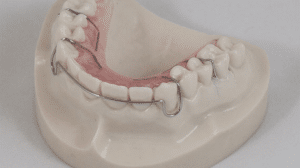
Also known as the Hawley Retainer, this appliance is user-friendly for the wearer. Compared to other retainers it is easier to clean and lasts longer before needing to be replaced. It also allows the teeth to touch in a natural way.
Another benefit of this type of retainer is that it is adjustable, so your orthodontist can make minor changes to your alignment after braces.
This retainer is very noticeable and is not the first choice of some of the more self-conscious wearers. But for others, it can be a fun way of accessorizing your smile. Wire retainers are available in a number of customs and styles.
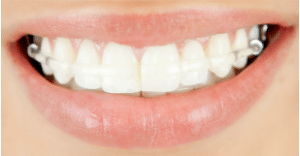
Sometimes, new wearers will lisp for a while because they are not used to have something covering the roof of the mouth. However, as the user gets more accustomed to the appliance, any speech issues will eventually disappear.
Permanent Wire Retainers
Permanent retainers are sometimes options for patients who just completed significant orthodontic work and need extra security while the teeth settle into their new locations.
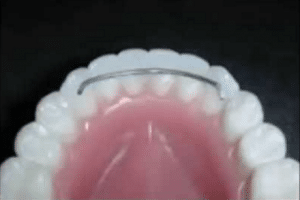
If you want a guarantee that your teeth will stay perfectly in place, a fixed retainer might be the best option. The effectiveness of removable retainers depends upon the patient following the orthodontist’s instructions precisely on when and how long to wear them.
Permanent retainers require strict hygiene habits. Much like with braces, it is important to brush and floss the teeth surrounding them regularly. Because of the location of the wire, a floss threader (or a similar cleaning device) should be used in the spaces between the teeth. If the wearer has been in braces before, the flossing process is similar. Wearers also must be sure to carefully brush inside the space between the wire and the teeth.
Plastic Retainers
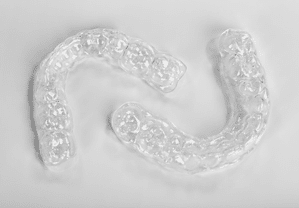
Many people like these retainers because they are clear, and therefore not highly visible. These retainers are non-adjustable, and do not allow your teeth to touch naturally. Plastic retainers also are more difficult to clean than their wire counterparts, and wear out more quickly, and will likely need to be replaced every year or two.
At Orthodontic Associates, our expert practitioners will work closely and carefully with you or your child to discover the best options for care before, during and after braces. Contact us today at one of our eight convenient locations around Baltimore. We look forward to making you smile.


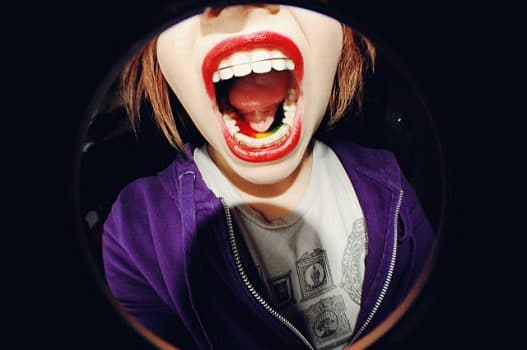

Teeth Retainer In Honolulu
Wow !!!
Great Post……
Wire retainers are very helpful to maintain teeth alignment after braces. I loved this post. Thanks for sharing such an informative post.